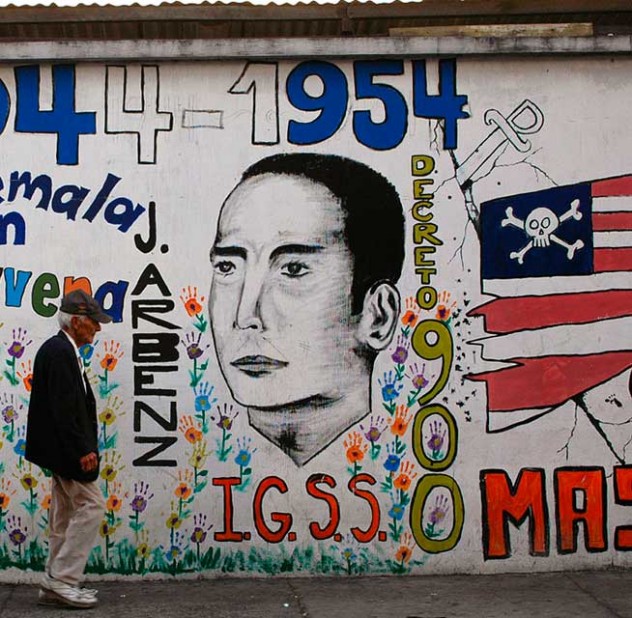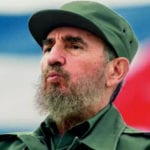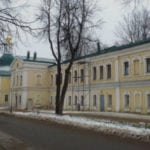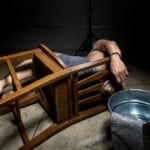 Creepy
Creepy  Creepy
Creepy  Movies and TV
Movies and TV 10 Movies That Get Elite Jobs Right, According to Experts
 Weird Stuff
Weird Stuff 10 Times Real Laws Were Based on Bizarre Hypotheticals
 Animals
Animals 10 Inspiring Tales of Horses Being Human
 Mysteries
Mysteries Top 10 Haunting Facts About the Ghost Ship MV Alta
 History
History 10 Surprising Stories About the Texas Rangers
 Humans
Humans 10 Philosophers Who Were Driven Mad by Their Own Theories
 Miscellaneous
Miscellaneous 10 Video-Game-Worthy Weapons and Armors from History
 Weird Stuff
Weird Stuff 10 Psychics Who Accurately Predicted Wartime Events
 The Arts
The Arts 10 Pieces of Art Inspired by a Broken Heart
 Creepy
Creepy 10 Death Superstitions That Will Give You the Creeps
 Movies and TV
Movies and TV 10 Movies That Get Elite Jobs Right, According to Experts
 Weird Stuff
Weird Stuff 10 Times Real Laws Were Based on Bizarre Hypotheticals
Who's Behind Listverse?

Jamie Frater
Head Editor
Jamie founded Listverse due to an insatiable desire to share fascinating, obscure, and bizarre facts. He has been a guest speaker on numerous national radio and television stations and is a five time published author.
More About Us Animals
Animals 10 Inspiring Tales of Horses Being Human
 Mysteries
Mysteries Top 10 Haunting Facts About the Ghost Ship MV Alta
 History
History 10 Surprising Stories About the Texas Rangers
 Humans
Humans 10 Philosophers Who Were Driven Mad by Their Own Theories
 Miscellaneous
Miscellaneous 10 Video-Game-Worthy Weapons and Armors from History
 Weird Stuff
Weird Stuff 10 Psychics Who Accurately Predicted Wartime Events
 The Arts
The Arts 10 Pieces of Art Inspired by a Broken Heart
10 Dirty Secret CIA Operations
We’ve always loved to discuss some of the shadier dealings of the government and the military—and no organization provides more fodder for these discussions than the American Central Intelligence Agency.
The CIA has a way of very publicly blowing their cover—seeming to pop up wherever turmoil, strife, and political unrest materialize. Despite being almost synonymous with dirty tricks, the Agency has essentially been given free rein, permitted to use whatever tactics they see fit to deal with any (real or perceived) threat to American interests.
If there’s one thing we know about absolute power, it’s that it corrupts absolutely; and if there’s one thing we know about the CIA, it’s that the astoundingly unethical and criminal projects highlighted in this list are probably just the tip of the iceberg.
PBSUCCESS was the code name for a CIA-backed coup led against the democratically elected government of Jacobo Arbenz, the President of Guatemala, in 1954. It’s one of the first in a long line of suspected or acknowledged CIA interventions in the governments of foreign countries, and it was indeed a tremendous success from the Agency’s point of view.—the first indication that such a feat could be accomplished relatively smoothly.
Elected in 1950, Arbenz set about instituting reforms aimed at making his country self-sufficient, by giving huge chunks of government land back to citizens. This rubbed the US Government the wrong way, as much of this land was “owned” by the United Fruit Company, a truly evil corporation with which the Eisenhower administration was snugly in bed at the time (CIA director Allen Dulles and his brother John, the Secretary of State, both had strong ties to the company).
The Agency snidely referred to Arbenz policies in internal memoranda as “an intensely nationalistic program of progress colored by the touchy, anti-foreign inferiority complex of the ‘Banana Republic.’ ” In other words, non-dependence on the US and its allies was not to be tolerated.
Four hundred and eighty CIA-trained mercenary soldiers, led by exiled Guatemalan military officer Colonel Carlos Castillo Armas, forcibly wrested Guatemala from Arbenz’ control. While he and his aides were able to flee the country, CIA documents show that “the option of assassination was still being considered” right up until the day he resigned on June 27, 1954.
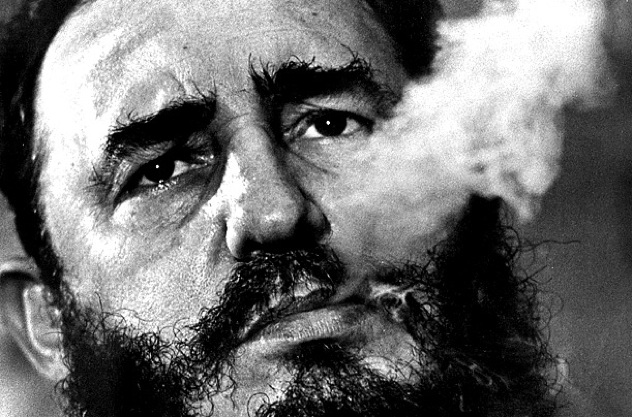
After the failed Bay of Pigs invasion of Cuba, the Agency’s public image was worse than ever. President Kennedy famously proclaimed that he would “splinter the CIA into a thousand pieces and scatter it to the winds” (shortly before getting shot, but we digress). But to deal with Cuba, he turned to the only person he knew he could trust: his brother, Robert, who organized Operation Mongoose. This operation was conducted by the Department of Defense in conjunction with the CIA, under Robert Kennedy’s supervision. He told his team at its first briefing that deposing Castro was “the top priority of the US government—all else is secondary—no time, money, effort, or manpower is to be spared.”
Among the dozens of extremely silly methods of assassination proposed: infecting Castro’s scuba gear with tuberculosis; planting exploding seashells at a favorite diving site; slipping him a poisoned fountain pen; and even even poisoning or slipping a bomb into one of his cigars. Castro’s bodyguard asserted that there were hundreds of CIA schemes on Castro’s life—and they all ended in failure, a gigantic waste of time and money. Castro was Cuba’s dictator for forty-nine years, stepping down in 2008 due to failing health, and appointing his younger brother as his replacement.

President Sukarno ruled Indonesia from 1959 until 1966, when he was deposed by Suharto, one of his generals. Sukarno had been deemed pro-Communist by the CIA, which meant there would inevitably be an attempt to oust him or at least make him look bad—but the plot they actually came up with was truly laughable.
The CIA produced a porno film starring a Sukarno look-alike, titled “Happy Days”, for distribution in Indonesia. Not that the culture generally frowns upon such things, but as the CIA understood it, “being tricked, deceived, or otherwise outsmarted by one of the creatures God has provided for man’s pleasure cannot be condoned” in Indonesian culture, and “what we were saying was that a woman had gotten the better of Sukarno.” The film went as far as production, and stills were made, but for some reason (perhaps common-sense) it was never deployed.
Bizarrely enough, this idea resurfaced shortly before the Second Gulf War, when the CIA suggested that a fake gay porno featuring Saddam Hussein or Osama Bin Laden be produced in order to discredit these men in the eyes of their followers. This went nowhere—at least one official claiming that nobody would care. “Trying to mount such a campaign would show a total misunderstanding of the target. We always mistake our own taboos as universal when, in fact, they are just our taboos.”
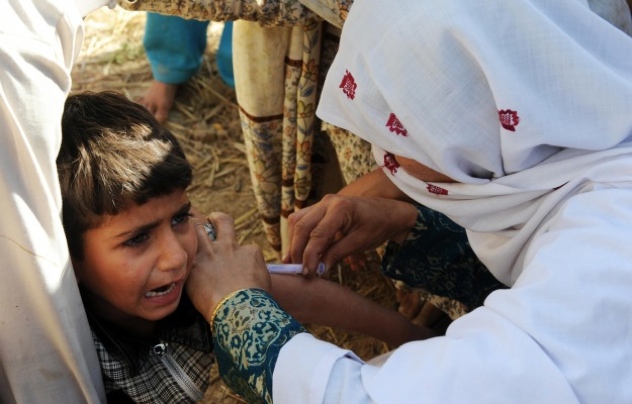
The May 2011 raid that killed Osama Bin Laden was the result of an insane amount of intelligence collecting and planning; regardless of his crimes, conducting a US military operation to kill a foreign national on Pakistani soil was bound to have myriad consequences. A courier had been tracked to an Abbottabad compound, where it was pretty damn certain Bin Laden was hiding. But before conducting the raid, they had to be absolutely sure—and one method of collecting this proof was shady in the extreme.
The CIA recruited a respected Pakistani doctor to organize a fake vaccination drive in the town, and in the process collected thousands of blood samples from children in the area children—among them, as it turned out, Bin Laden’s children. Since theirs was a fairly upscale section of town, the campaign began in a poorer area to make it look more authentic, then moved on to the neighborhood housing the Bin Laden compound a month later—without even following up with the required second or third doses in the poor area. The whole thing worked—with consequences.
For one thing, Dr. Shakil Afridi—the doctor involved—has been convicted of treason by the Pakistani government and given a thirty-three-year prison sentence (“Wouldn’t any country detain people for working for a foreign spy service?” one Iranian official helpfully pointed out). For another, the campaign has caused irreparable damage to organizations that carry out legitimate vaccinations. There are deep-seated suspicions in many Middle Eastern regions about those who provide vaccinations, and this gambit to assist in finding Bin Laden has only bolstered those suspicions—particularly in Nigeria, India and of course Pakistan, where efforts to eradicate polio are ongoing.
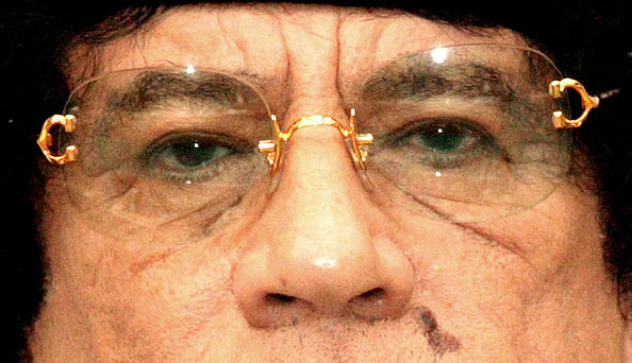
February 2011 saw the beginning of the Libyan Revolution, which would culminate in the August ousting of Libyan dictator Muammar el-Qaddafi, followed by his capture and killing in October. There was little mention at the time of any potential involvement by foreign interests—but about one year later, an incident occurred which shed a curious light on the entire Revolution.
On September 11, 2012, an American diplomatic mission in Benghazi came under attack by armed militants. The response came not from within the mission itself, but from half a dozen CIA agents deployed from a hidden base within the city. More reinforcements arrived from Tripoli, and diplomatic personnel where whisked by convoy to chartered aircraft which carried them out of the country.
This betrayed a CIA presence in the city, which had hitherto been unknown. The Agency was forced to admit that it had maintained a fairly strong presence in Libya since about February 2011—right around the time the Libyan Revolution began. The annex which had housed the secret base was scrubbed clean and abandoned after the incident at the mission.
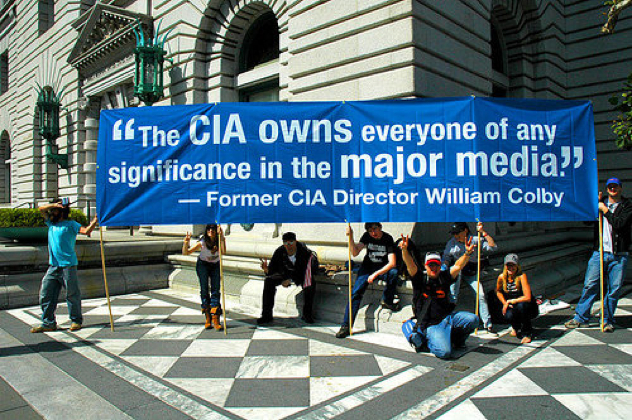 Operation Mockingbird was a bit of a two-pronged approach to dealing with the media: on the one hand, journalists were routinely employed by the CIA to develop intelligence and gather information, or to report on certain events in a way that portrayed the US favorably. On the other, there were actual plants within the media—paid off with bribes or even directly employed by the CIA—to feed propaganda to the American public.
Operation Mockingbird was a bit of a two-pronged approach to dealing with the media: on the one hand, journalists were routinely employed by the CIA to develop intelligence and gather information, or to report on certain events in a way that portrayed the US favorably. On the other, there were actual plants within the media—paid off with bribes or even directly employed by the CIA—to feed propaganda to the American public.
Mostly, this program was meant to convince the public of how incredibly scary Communism was, and to make sure that public opinion favored taking out the Red Menace at any expense. Even scarier was the fact that having major newspaper publishers and the heads of TV stations bought and paid for meant that significant overseas events could be excluded from coverage in the media—events like the aforementioned coup in Guatemala, which didn’t see the light of the day in the American press at the time.
Congressional hearings in 1976 (the “Church Committee”) revealed that the CIA had been bribing journalists and editors for years. Following the Church hearings, newly minted CIA director and future President George H.W. Bush announced: “Effective immediately, the CIA will not enter into any paid or contract relationship with any full-time or part-time news correspondent accredited by any U.S. news service, newspaper, periodical, radio or television network or station.” Yet he added that the CIA would continue to welcome unpaid, voluntary support of said journalists.
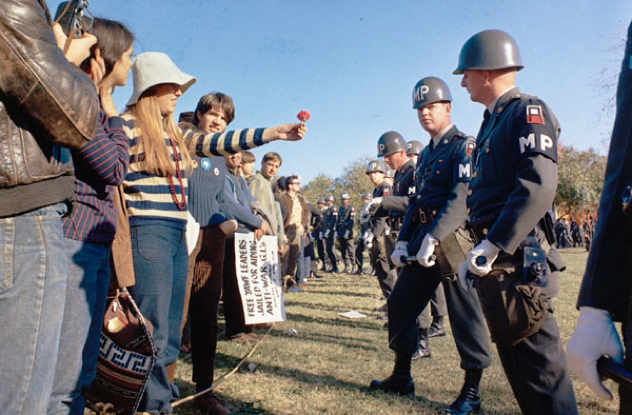
Protests against US involvement in Vietnam were proving to be a giant pain in the backside for the government’s plans in the mid 1960s. While Mockingbird was busily using the mainstream to try to shove the necessity of the war down the throat of the public, the “counter-culture” couldn’t be controlled so easily. Ever-mindful of the KGB’s propensity for their own style of dirty tricks, the CIA attempted to weed out any foreign influence on the American anti-war movement by launching Operation CHAOS—and they didn’t even bother to come up with an innocuous-sounding code name.
Since the FBI’s COINTELPRO program of domestic surveillance wasn’t quite producing the desired results, President Lyndon B. Johnson authorized the CIA to undertake its own program of spying on US citizens. Their main task was to infiltrate student organizations—both radical and otherwise—in order to gather intelligence on potential foreign influences, and to subvert such groups from within. Famous groups such as “Students For a Democratic Society” and the Black Panthers were targeted; eventually, the program for some reason expanded to include women’s liberation and certain Jewish groups.
There is strong evidence that this type of activity has never ceased, though CHAOS itself was shuttered after the Watergate scandal. In 2011, the Agency came under fire for allegedly working with the New York Police Department to conduct surveillance of Muslim groups in the area, who had not done anything wrong and who are now suing in Federal court.
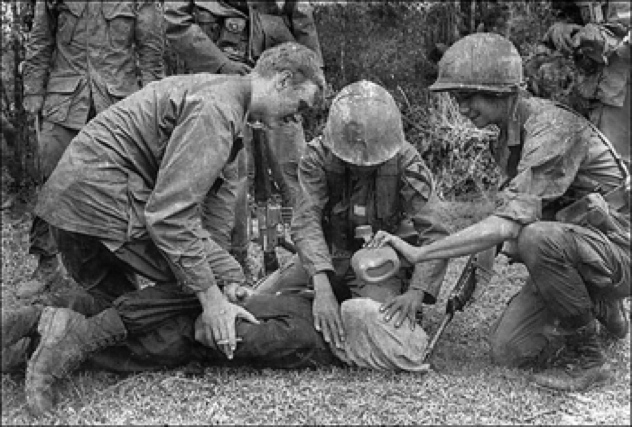 Phoenix was a program headed by the CIA, in conjunction with US Special Forces and Australian and South Vietnamese commandos, during the Vietnam War. Its purpose was simple: assassination. And although this was a military unit, their targets weren’t military, but civilian.
Phoenix was a program headed by the CIA, in conjunction with US Special Forces and Australian and South Vietnamese commandos, during the Vietnam War. Its purpose was simple: assassination. And although this was a military unit, their targets weren’t military, but civilian.
From 1965 to 1972, Phoenix was involved in the kidnapping, torture, and murder of thousands upon thousands of citizens. People deemed critical to the infrastructure of the Viet Cong, or thought to have knowledge of VC activities, were rounded up and taken to regional interrogation centers, were they were subjected to: “rape, gang rape, rape using eels, snakes, or hard objects, and rape followed by murder; electric shock . . . rendered by attaching wires to the genitals or other sensitive parts of the body, like the tongue; the ‘water treatment’; the ‘airplane’ in which the prisoner’s arms were tied behind the back, and the rope looped over a hook on the ceiling, suspending the prisoner in midair, after which he or she was beaten; beatings with rubber hoses and whips; the use of police dogs to maul prisoners…”
Phoenix was the subject of 1971 Congressional hearings on abuse. Former members described it as a “sterile depersonalized murder program”, and it was phased out after negative publicity, though the replacement program F-6 was quietly phased in to take its place.
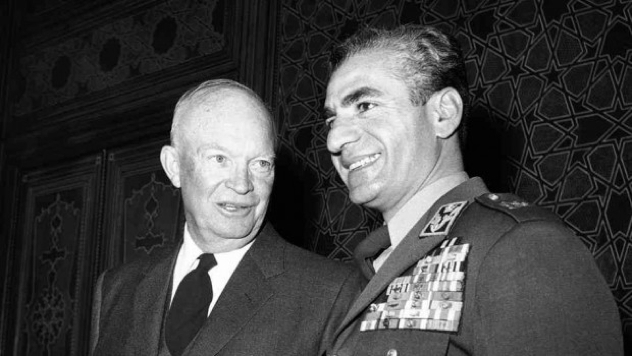
The success of Operation Ajax paved the way for all future CIA operations of a similar nature. It resulted in the return to power of the Shah in 1953, after a military coup planned by American and British intelligence.
The first democratically-elected leader of Iran, Prime Minister Mohammed Mossadegh, was seen as a potential liability because of his plans to nationalize the oil industry. Fearful of having to compete with the Soviet Union for Iranian oil, the decision was made to install a leader who was partial to US interests. You can probably see a theme developing here.
CIA agents Donald Wilber and Kermit Roosevelt Jr. (the grandson of Theodore Roosevelt) carried out the campaign by bribing everybody who could be bribed in Iran: government officials, business leaders, and even street criminals. These recruits were asked to support the Shah, in various ways, and to oppose Mossadegh.
It worked: an uprising was instigated, Mosaddegh was jailed, and pro-Western Iranian Army General Fazlollah Zahedi was installed in his place. Zahedi had been arrested by the British during World War Two for attempting to establish a Nazi government, and he lived up to that legacy by appointing Bahram Shahrokh—a protege of Joseph Goebbels—as his director of propaganda.
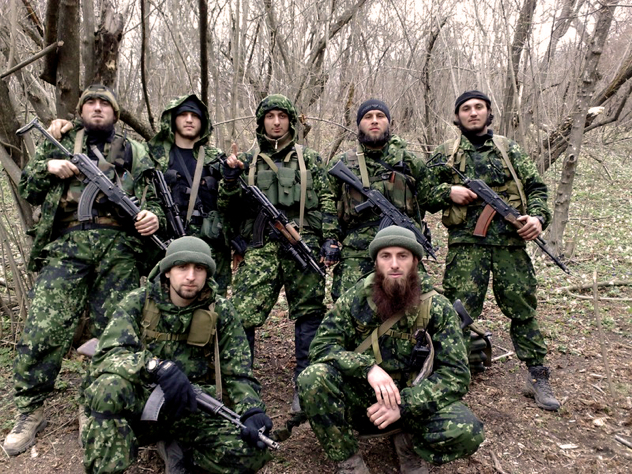
In 1978, Afghanistan became mired in civil war as two Communist parties seized control of the country. When it began to look like anti-Communist rebels were gaining a foothold, the Soviet Union invaded the country to lend support. And that’s when the US, of course, decided to get involved.
The CIA set up camps to train the rebels, known as Mujahideen, in the necessary tactics for beating back the Soviets. Advanced weaponry was also part of the deal, including—importantly—Stinger surface-to-air anti-aircraft missiles. Soviet airstrikes had driven hundreds of guerrillas out of the cities and into the surrounding hills, and mitigating the effectiveness of those strikes proved to be essential in prolonging the conflict, placing a great strain on Soviet resources.
The Soviet Union occupied Afghanistan almost until its collapse in the early 1990s, but the legacy of the Mujahideen lives on. The CIA are finding their own tactics and training turned against them by Mujahideen veterans who have begun their own training programs, producing highly trained and skilled terrorists who now make up the backbone of Al-Qaeda and other radical groups. The US discovered these ramifications the hard way after invading Afghanistan in 2001. The invasion led to a quagmire of an occupation, which—as of this writing—has dragged on for just as long as that of the Soviets.
Floorwalker has a blog and Twitter; you can stick it to the man by following.
